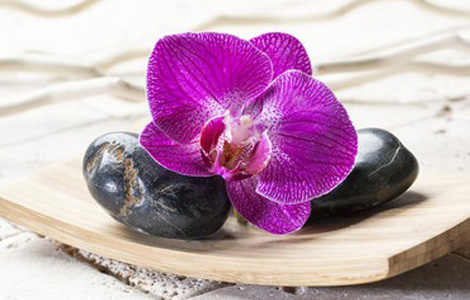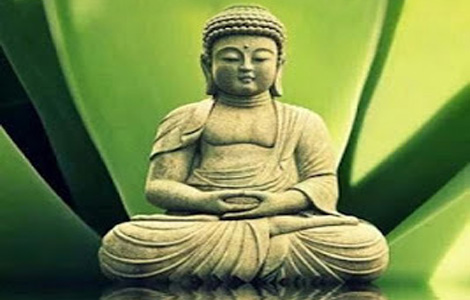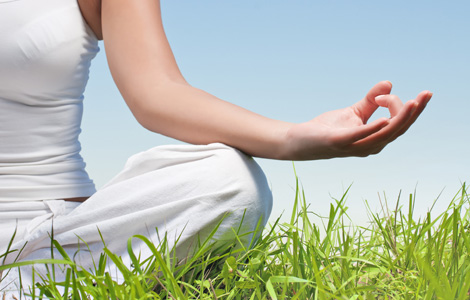3. Proper Relaxation
 Long before the invention of cars, planes, telephones, computers, freeways and other modern triggers of stress, the Rishis (sages or seers) and Yogis of yore devised very powerful techniques of deep relaxation. As a matter of fact, many modern stress-management and relaxation methods borrow heavily from this tradition. By relaxing deeply all the muscles, the Yogi can thoroughly rejuvenate his nervous system and attain a deep sense of inner peace.
Long before the invention of cars, planes, telephones, computers, freeways and other modern triggers of stress, the Rishis (sages or seers) and Yogis of yore devised very powerful techniques of deep relaxation. As a matter of fact, many modern stress-management and relaxation methods borrow heavily from this tradition. By relaxing deeply all the muscles, the Yogi can thoroughly rejuvenate his nervous system and attain a deep sense of inner peace.
When the body and the mind are constantly overworked, their natural efficiency to perform work diminishes. Modern social life, food, work and even the so-called entertainment, such as watching movies, make it difficult for modern people to relax. Many have even forgotten that rest and relaxation are nature’s way of recharging. Even while trying to rest, the average person expends a lot of physical and mental energy through tension. Much of the body’s energy is wasted uselessly.
More of our energy is spent in keeping the muscles in continual readiness for work than in the actual useful work done. In order to regulate and balance the work of the body and mind, it is best to learn to economize the energy produced by our body. This may be done by learning to relax.

It may be remembered that in the course of one day, our body usually produce all the substances and energy necessary for the next day. But it often happens that all these substances and energy may be consumed within a few minutes by bad moods, anger, injury or intense irritation. The process of eruption and repression of violent emotions often grows into a regular habit. The result is disastrous, not only for the body, but also for the mind.
During complete relaxation, there is practically no energy or “Prana” being consumed, although a little is keeping the body in normal condition while the remaining portion is being stored and conserved.
In order to achieve perfect relaxation, three methods are used by yogis: “Physical”, “Mental”, and “Spiritual” relaxation.




 Long before the invention of cars, planes, telephones, computers, freeways and other modern triggers of stress, the Rishis (sages or seers) and Yogis of yore devised very powerful techniques of deep relaxation. As a matter of fact, many modern stress-management and relaxation methods borrow heavily from this tradition. By relaxing deeply all the muscles, the Yogi can thoroughly rejuvenate his nervous system and attain a deep sense of inner peace.
Long before the invention of cars, planes, telephones, computers, freeways and other modern triggers of stress, the Rishis (sages or seers) and Yogis of yore devised very powerful techniques of deep relaxation. As a matter of fact, many modern stress-management and relaxation methods borrow heavily from this tradition. By relaxing deeply all the muscles, the Yogi can thoroughly rejuvenate his nervous system and attain a deep sense of inner peace.


